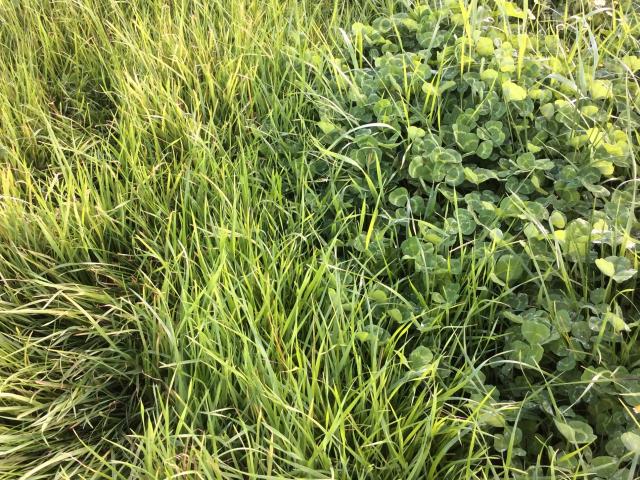Improving subtropical pastures on the south coast of WA

Subtropical grass based pastures are an important component of the livestock industry in WA as they provide green feed outside the growing season and natural resource management benefits such as reduced soil erosion and groundwater recharge.
Subtropical grasses are typically grown from Perth to north of Geraldton and along the south coast from Denmark to east of Esperance (south coast).
A co-funded DPIRD and Meat & Livestock Australia (MLA) research project finalised last year investigated methods to improve subtropical grass pastures by increasing annual legume content and improving winter production. The project also demonstrated the performance of a new subtropical, panic grass.
On the south coast researchers found that:
- subterranean clover was the best companion legume for kikuyu
- serradella is a good companion for subtropical grasses on deep sand
- legume content can be increased post break of season using a grass selective herbicide to supress competition from the grass
- if the legume seed bank is low, sowing subterranean clover or annual ryegrass will increase your winter production
- serradella can be sown into subtropical grass stands as pod in summer or seed in winter with equal success
- Woolly pod vetch can dramatically increase production in winter in kikuyu pastures.
The findings of the investigation suggest that the simplest and cheapest option to improve legume content in kikuyu pastures is to use a grass selective herbicide to suppress kikuyu thereby reducing competition on clover seedlings for moisture and soil nutrients.
Economic analysis estimated that this tactic alone can provide on average an increase in gross margin of $40 per ha to a substantial proportion of the greater than 150,000 ha of kikuyu currently grown across the south coast.
Albany-based DPIRD officers Paul Sanford, Ron Master and Eric Dobbe (published their findings as a department Technical Bulletin (No 4892) ‘Improving subtropical grass pastures on the south coast of Western Australia’.
The bulletin covers improving legume content, increasing production, grazing management, guidelines for fertiliser use, pasture cropping, economic benefits and a number of interesting farmer case studies.
For a free hard copy or to have an electronic copy emailed contact Paul Sanford on 9892 8475.
